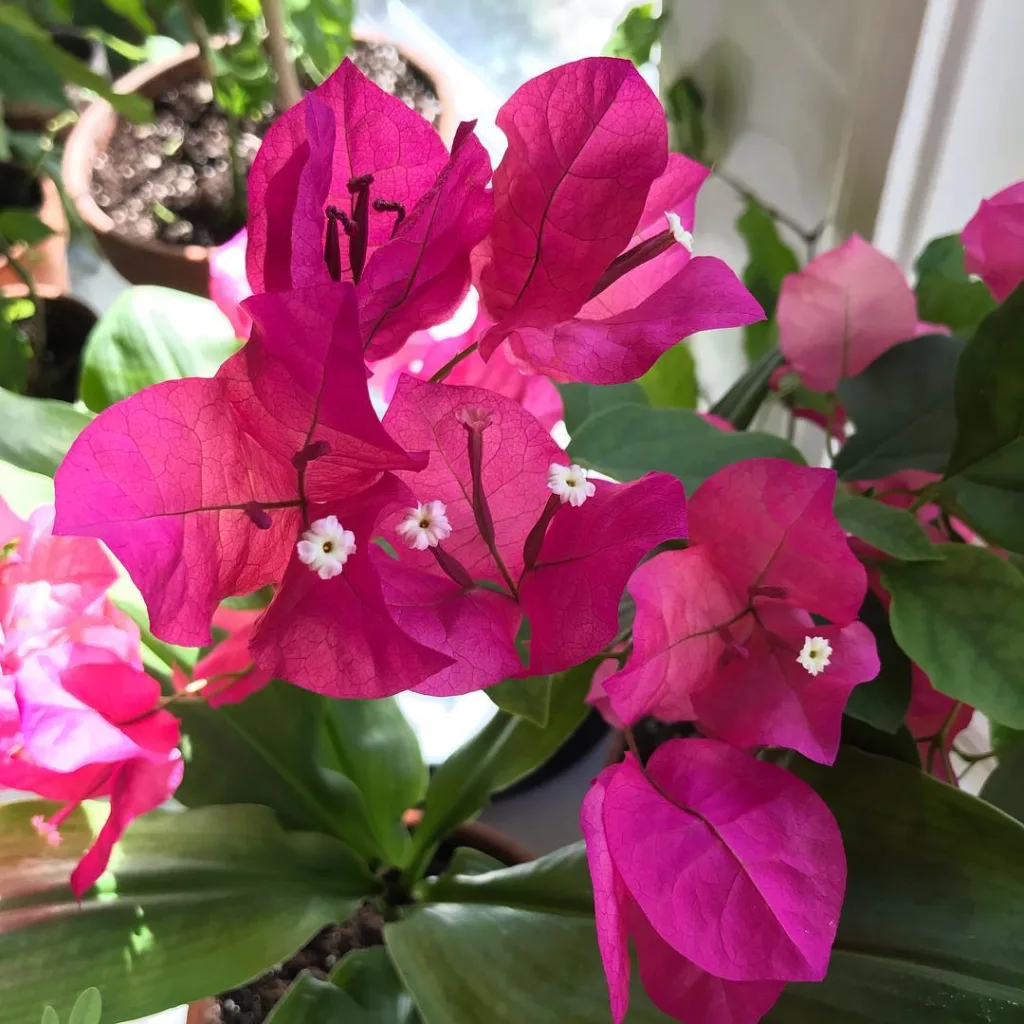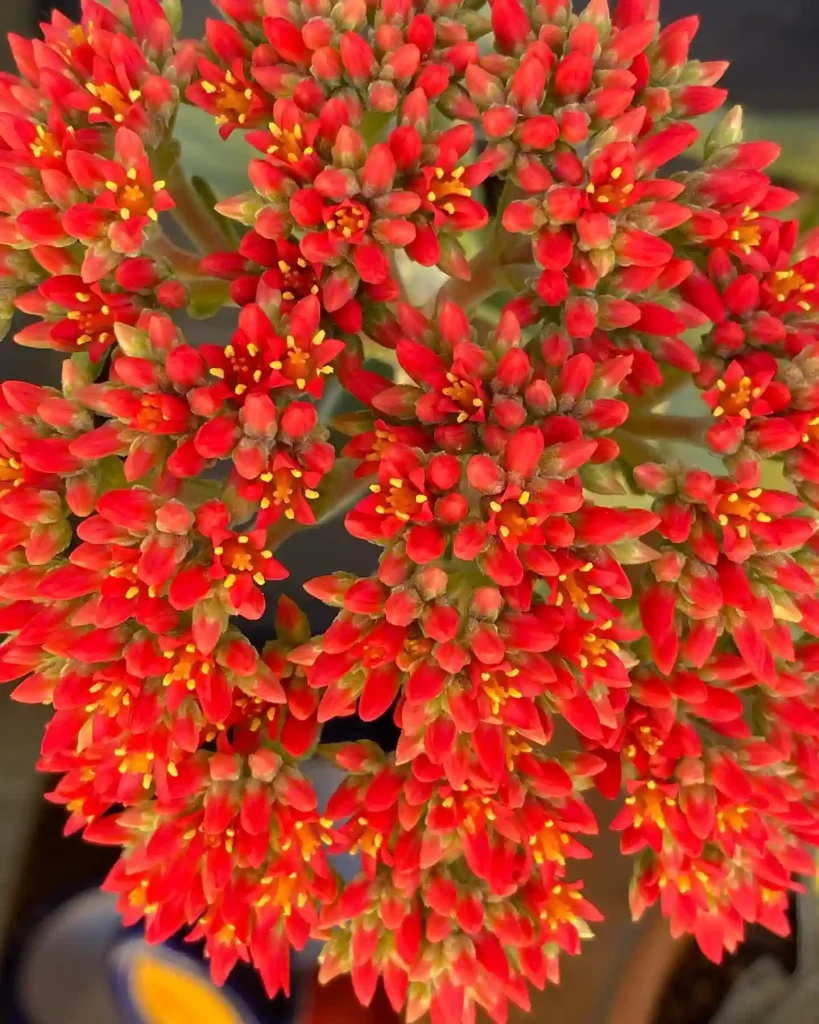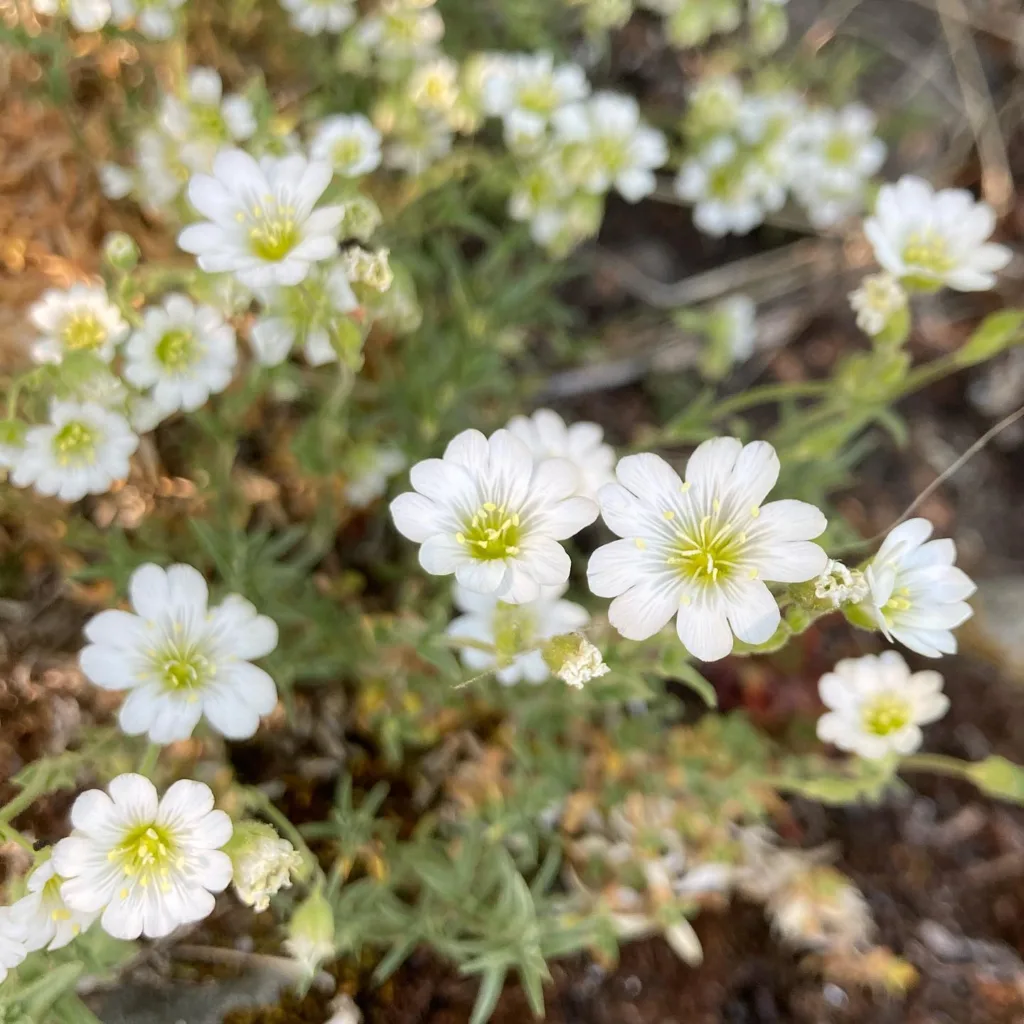A Tiny Treasure: Unveiling the Delights of Oxalis Dillenii
For the curious gardener seeking a touch of sunshine in a shady corner, Oxalis dillenii, the Southern Wood-Sorrel, might just be the perfect answer. This little charmer has captivated me with its delicate beauty and surprising resilience. Despite its diminutive size, Oxalis dillenii packs a punch in the personality department, offering vibrant yellow blooms and clover-like foliage that dances in the breeze.
569 Species in Genus Oxalis
What is Oxalis Dillenii?
Oxalis dillenii, also known as Slender Yellow Woodsorrel or Dillen’s Oxalis, belongs to the Oxalis family, known for its charming clover-shaped leaves. This particular species is native to North America but has become naturalized in many parts of the world, including my own little garden.
Standing at a maximum height of 15 inches, Oxalis dillenii makes a wonderful addition to borders, containers, or even allowed to gracefully weave its way through a rock garden. The true stars of the show, however, are the cheerful yellow flowers that boast five rounded petals, each measuring between 4 to 10 millimeters.
A Plant with a Hidden Talent
One of the most fascinating aspects of Oxalis dillenii is its leaves. Like many in the Oxalis genus, these trifoliate leaves exhibit a unique behavior known as nyctinasty. This fancy term simply means the leaves fold inwards at night or during cloudy days. This reaction is thought to be a way for the plant to conserve moisture and protect itself from harsh sunlight. Witnessing this gentle folding motion adds a touch of whimsy to observing this little wonder.
How to plant and care for Oxalis Dillenii?
The good news for novice gardeners like myself is that Oxalis dillenii is a relatively low-maintenance plant. It thrives in partial shade, making it ideal for those shady nooks that often prove challenging to fill. Well-draining soil is key, as the plant doesn’t appreciate soggy conditions. A good quality potting mix amended with some perlite for extra drainage will do the trick.
Watering needs are moderate. Aim to keep the soil evenly moist but not waterlogged. During the hotter months, a light watering every few days may be necessary. However, during cooler periods, allow the top inch of soil to dry before watering again.
A Festival of Blooms: Encouraging Flowers
While Oxalis dillenii will naturally bloom throughout the growing season, there are a few things you can do to encourage even more flowers. Firstly, deadheading spent blooms will not only keep your plant looking tidy but also signal to the plant to produce more flowers. Additionally, a light feeding with a balanced fertilizer once a month during the growing season can provide the extra nutrients needed for abundant blooms.
Is Oxalis Dillenii a Weed?
This is a question I pondered when I first encountered this little plant. While Oxalis dillenii can spread readily through its underground runners, its growth habit tends to be more restrained compared to some of its more aggressive cousins. In a container or a well-defined garden bed, it’s unlikely to become a nuisance. However, if you’re concerned about its spread, planting it in a pot or a bordered bed can help keep it contained.
What to Plant with Oxalis Dillenii?
The delicate beauty of Oxalis dillenii makes it a wonderful companion plant for a variety of shade-loving flowers and foliage. Here are a few ideas to inspire you:
- Hostas: The bold foliage of hostas provides a stunning backdrop for the delicate blooms of Oxalis dillenii.
- Ferns: The graceful fronds of ferns complement the whimsical nature of Oxalis dillenii.
- Begonias: The vibrant blooms of begonias create a colorful display alongside the yellow flowers of Oxalis dillenii.
- Cyclamen: The late-blooming flowers of cyclamen add a touch of color during the cooler months when Oxalis dillenii slows down.
Propagation: Sharing the Joy of Oxalis Dillenii
The beauty of Oxalis dillenii is easily shared through propagation. Here are two simple methods:
- Division: During the spring or fall, carefully dig up a mature clump of Oxalis dillenii and gently divide it into sections, ensuring each section has healthy roots and leaves. Replant the divisions in their own pots or desired locations in the garden.
- Seed: Oxalis dillenii readily self-seeds, so you might find tiny volunteer seedlings popping up around your established plant. If you’d like to encourage this, simply let the seed pods mature and scatter the seeds in a prepared bed in the fall.
With its cheerful blooms, fascinating foliage movements, and easy-going nature, Oxalis dillenii has proven to be a delightful addition to my garden. It brings a touch of sunshine to shady areas and adds a whimsical element with its dancing leaves. Whether you’re a seasoned gardener or just starting out, Oxalis dillenii is a rewarding plant that offers beauty and joy with minimal fuss. So, why not consider adding this little treasure to your own green haven?
Beyond the Garden: Culinary Delights of Oxalis Dillenii
For those who enjoy a touch of tang in their culinary creations, you might be surprised to learn that Oxalis dillenii has a hidden talent – its leaves are edible! With a flavor profile similar to sorrel, the leaves can be enjoyed in a variety of ways. Here are a few ideas to tantalize your taste buds:
- Salads: Add a handful of chopped Oxalis dillenii leaves to your salad for a refreshing, lemony zip.
- Sandwiches: Tuck a few leaves into your next sandwich for a delightful burst of flavor.
- Soups and stews: Use chopped Oxalis dillenii leaves as a flavorful, tangy addition to soups and stews. Just be sure to add them towards the end of cooking to preserve their vibrant color and delicate texture.
- Pestos and sauces: The leaves can be used to create a unique pesto or sauce, adding a citrusy twist to your favorite dishes.
Important Note: It’s important to distinguish Oxalis dillenii from other Oxalis species, some of which may be toxic. When in doubt, it’s always best to consult a reliable source to ensure you’re consuming the correct variety.
A Final Word: The Enduring Appeal of Oxalis Dillenii
Oxalis dillenii has become a cherished resident of my garden. Its cheerful disposition, resilience, and surprising culinary potential have made it a true delight. Whether you admire its delicate blooms, marvel at its dancing leaves, or enjoy its tangy taste, Oxalis dillenii offers something for everyone. So, the next time you’re looking for a charming and versatile plant to add to your green space, consider giving this little wonder a try. You might just be surprised by the joy it brings.
If i die, water my plants!



